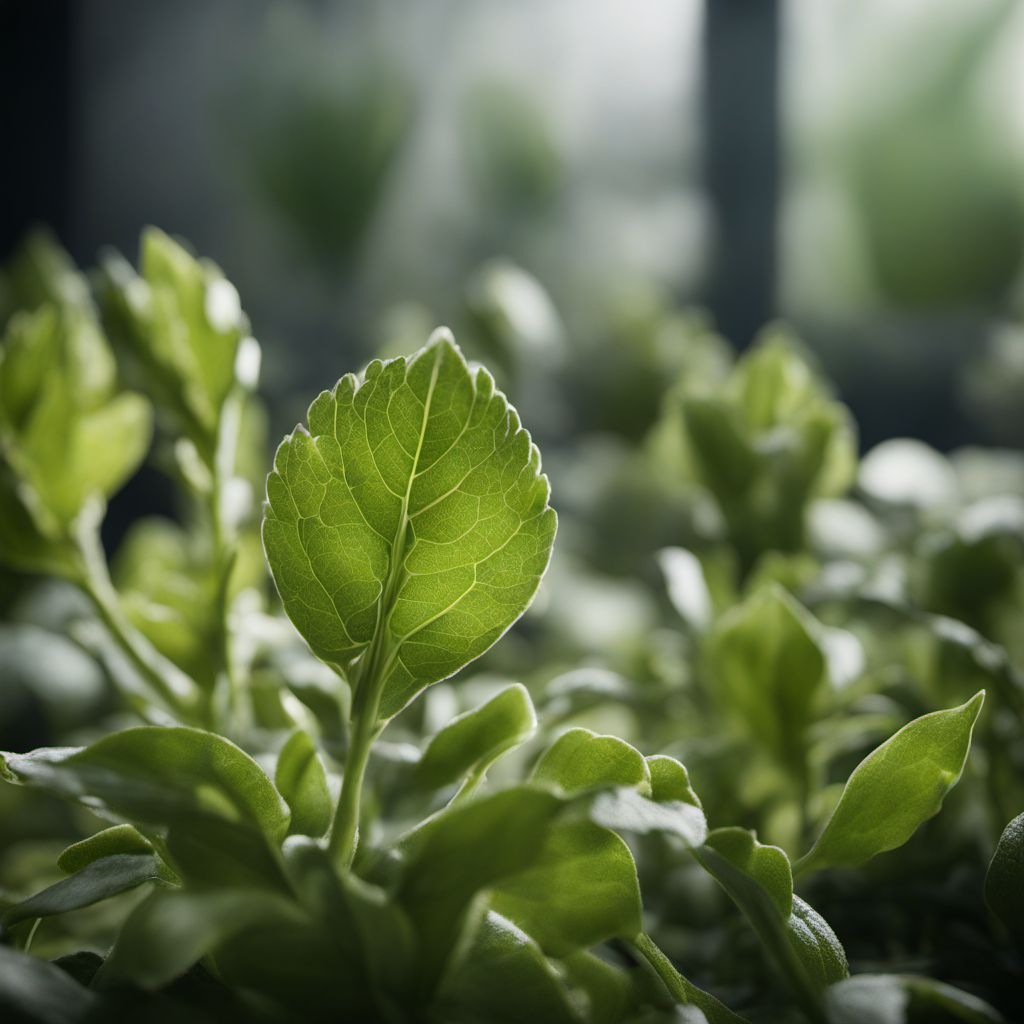
Ingredient
Plants where the vegetative tissue is used as food
Edible Greenery: A Dive into Plant-Based Cuisine
From tender spinach leaves to aromatic basil, plants where the vegetative tissue is used as food offer an array of flavors, textures, and colors. These ingredients are versatile and can be used in salads, stir-fries, soups, and more, adding freshness and nutritional value to meals.
Origins and history
The consumption of plants as food dates back to ancient times, with evidence of early civilizations utilizing various plant-based ingredients for sustenance and medicinal purposes. Throughout history, different cultures have cultivated and incorporated plants into their cuisines, resulting in diverse culinary traditions around the world.
Nutritional information
Plants where the vegetative tissue is used as food are packed with essential vitamins, minerals, and dietary fiber, contributing to a well-balanced diet. They are low in calories and fat, making them a healthy choice for those seeking nutrient-dense options.
Allergens
Some individuals may have allergies or sensitivities to specific plants, such as peanuts, tree nuts, or certain leafy greens. It is important to be aware of any known allergens and avoid consumption if necessary.
How to select
When selecting plants where the vegetative tissue is used as food, look for vibrant colors, crisp textures, and fresh aromas. Avoid wilted or discolored leaves, as they indicate a loss of freshness. Opt for organic or locally sourced options when possible to support sustainable farming practices.
Storage recommendations
To maintain the freshness and quality of plants where the vegetative tissue is used as food, store them properly. Leafy greens should be washed, dried thoroughly, and stored in airtight containers or plastic bags in the refrigerator. Herbs can be stored in a similar manner or placed in a glass of water with the stems submerged, like a bouquet of flowers.
How to produce
Amateur gardeners can easily grow plants where the vegetative tissue is used as food by starting with simple herbs like basil or parsley in pots or small garden beds. Leafy greens like lettuce and spinach can also be grown in containers or raised beds, providing a fresh supply of ingredients for home cooking.
Preparation tips
When preparing plants where the vegetative tissue is used as food, ensure they are thoroughly washed to remove any dirt or debris. Leafy greens can be used in salads, sandwiches, or sautéed as a side dish. Herbs add flavor to various dishes, such as soups, sauces, and marinades. Experiment with different combinations to enhance the taste of your meals.
Culinary uses
Plants where the vegetative tissue is used as food are incredibly versatile and can be used in a wide range of culinary applications. They are commonly used in salads, sandwiches, wraps, stir-fries, soups, stews, and as garnishes for various dishes. Their fresh and vibrant flavors elevate the taste of meals and provide essential nutrients.
Availability
Plants where the vegetative tissue is used as food are widely available in grocery stores, supermarkets, and farmers markets around the world. They are cultivated in both traditional and hydroponic farming systems, ensuring a steady supply throughout the year.

